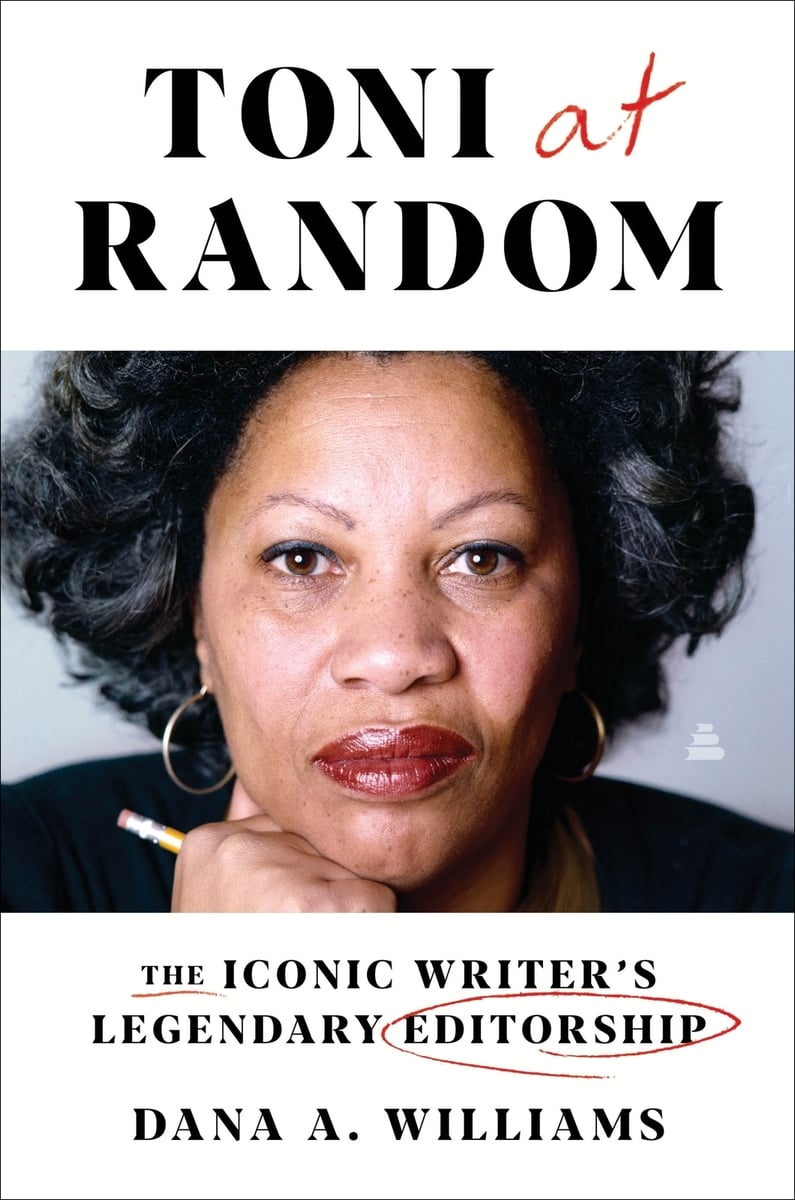As the only Black woman editor at Random House between 1972 and 1983, Morrison had the power to decide which Black writers received the visibility and resources of a major publishing house. Dana A. Williams’s new book, Toni at Random: The Iconic Writer’s Legendary Editorship, explores the efforts that Morrison took to make all of her writers feel free to express themselves in an industry that prioritized profit over artistry. As Williams notes, “Author by author, book by book, Morrison was determined to build an editorial identity that mirrored her belief that the cultural terrain was best traversed when every kind of author was given meaningful opportunities for storytelling.”
During her time at Random House, Morrison “was publishing books few other editors would have dared to take on and making it look easy.” Some were bestselling autobiographies of Black celebrity activists like Huey P. Newton, Angela Davis, and Muhammad Ali, who wanted to tell stories that were more complex than their overdetermined public images. Morrison edited books by writers who are now considered canonical in African American literature—Toni Cade Bambara, Gayl Jones, Henry Dumas, Barbara Chase-Riboud, June Jordan, and Lucille Clifton, among many others—and who all shared the quality of “defy[ing] neat categorization.” Other books were by lesser-known authors such as Leon Forrest and Chinweizu Ibekwe, who might have escaped mainstream attention—or perhaps may have never been published at all—because of their experimental writing style or the controversial themes in their work. She also published anthologies that represented the diversity of opinions, politics, and aesthetics among people of the African diaspora, pushing back against the idea of a single, essentialist definition of Blackness.
We now know Morrison for her own iconoclastic writing, which earned her the Nobel Prize in Literature in 1993 and firmly cemented her place in the American literary canon. However, Toni at Random highlights the fact that Morrison’s writing was much more than an individual accomplishment. In the midst of the Black Arts Movement, Morrison was one of many writers who were expanding the possibilities of what Black literature could be and do. Her greatest distinction in the 1970s and ’80s was her ability to prop open the door of institutional access for the community of writers to which she belonged.
